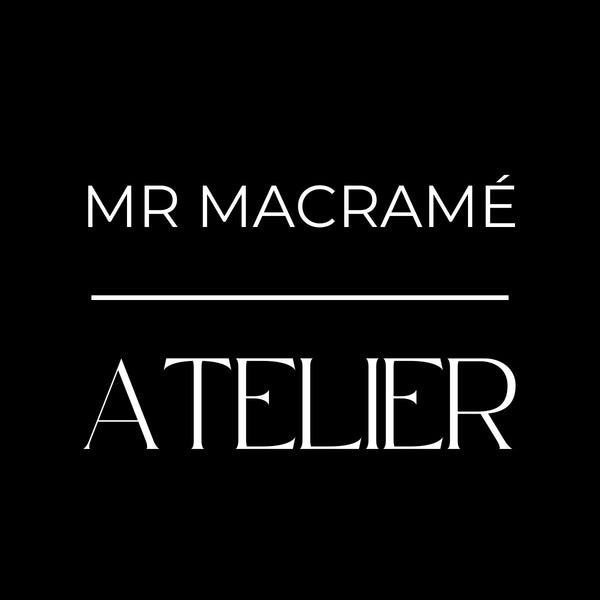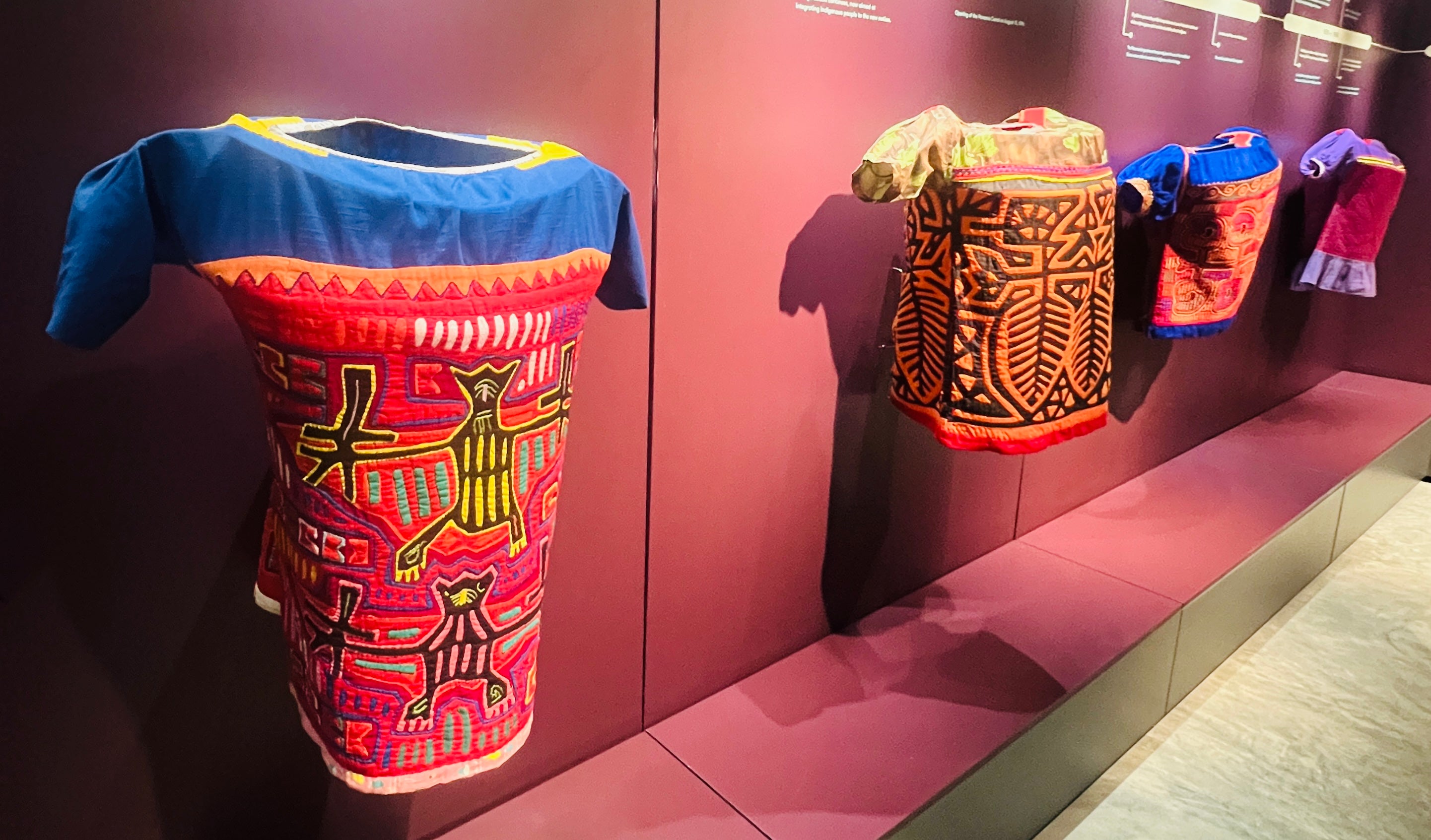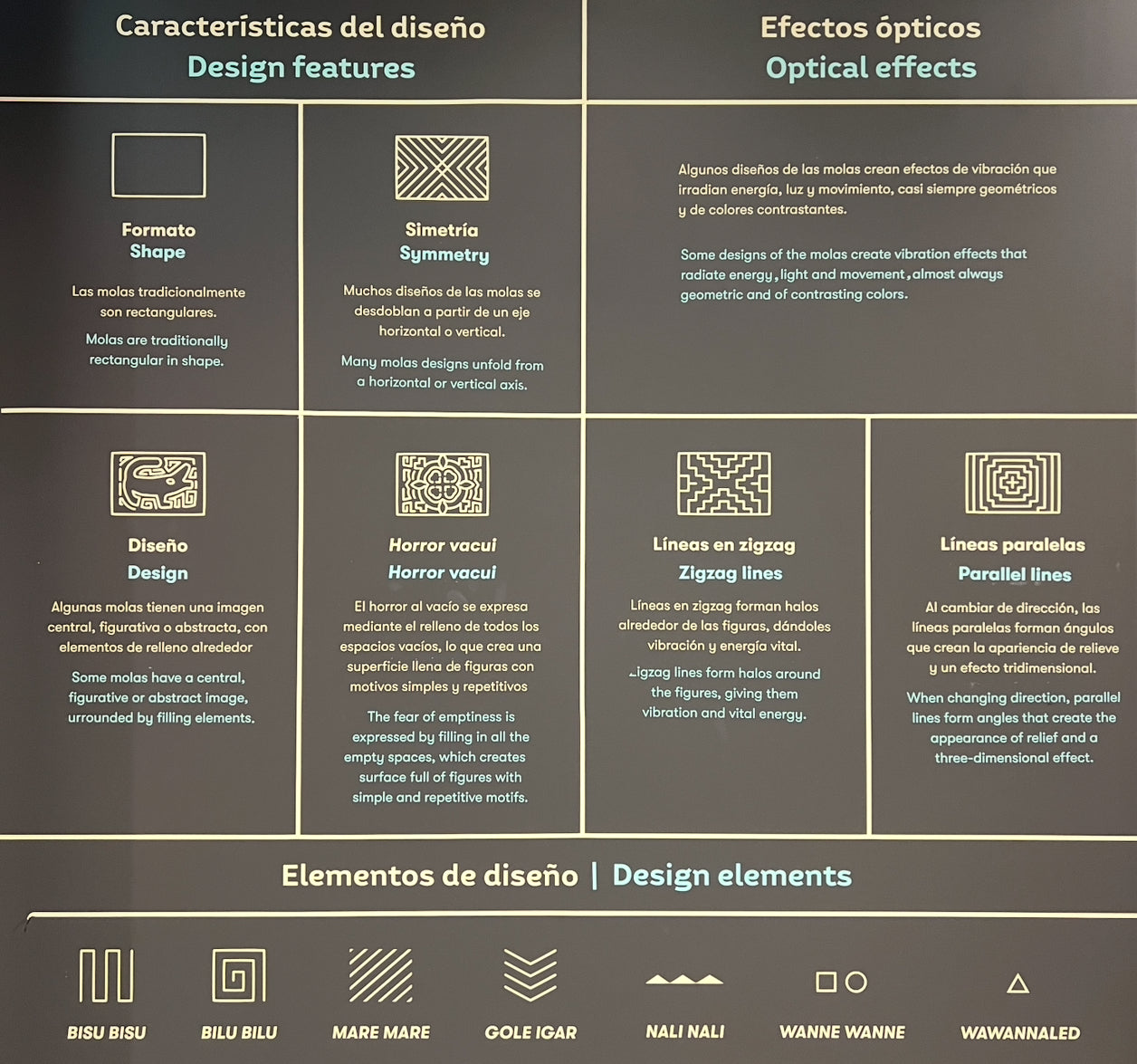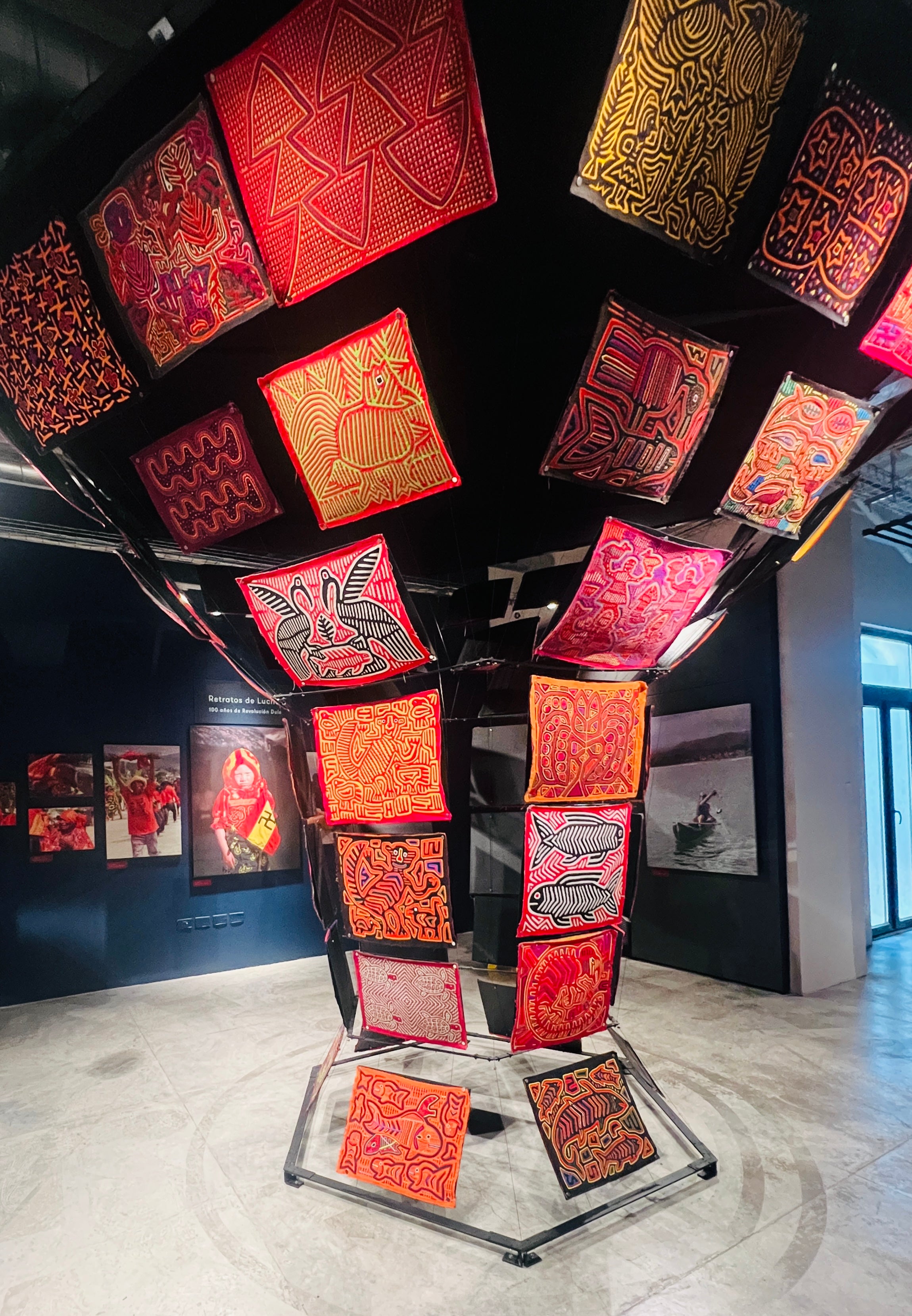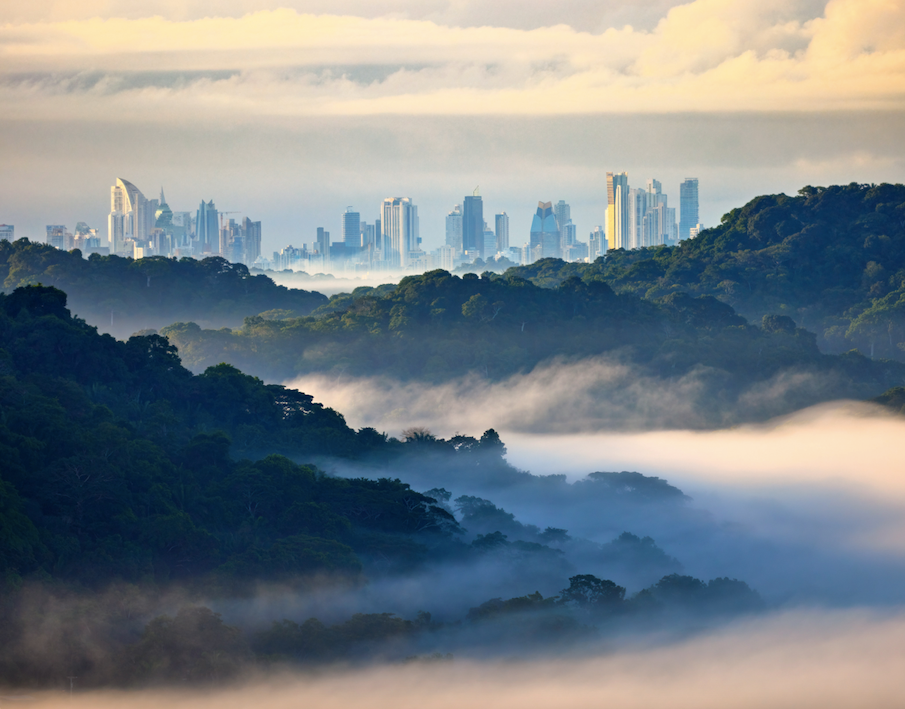
Traditional Mola Appliqué Techniques
In the heart of Panama’s metropolis, traditional Guna molas remain a vibrant symbol of cultural pride. Despite the city’s modern skyline, these hand-stitched textiles remain woven into daily life, fashion and identity across the country.
In this blog series, I want to take you with me on this journey: to understand how indigenous textile practices like Mola can inform, challenge, and inspire modern approaches to fiber art and fashion.
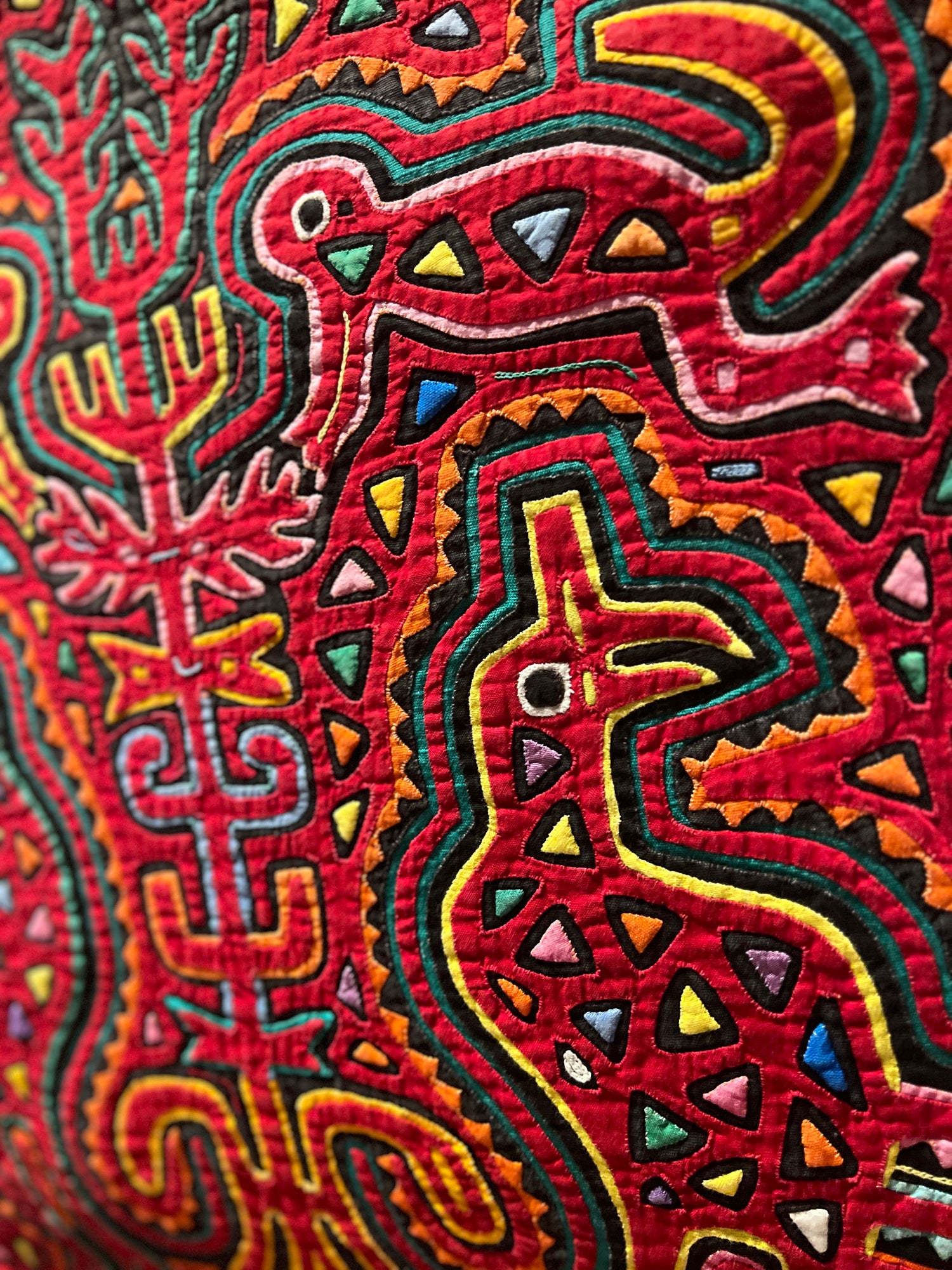
Before visiting Panama,
I only had a faint idea of the richness behind the Mola tradition — vivid, layered fabrics stitched together with extraordinary care by the Guna women. What I encountered went far beyond technique, it was a story of heritage and resistance, sewn into every panel.
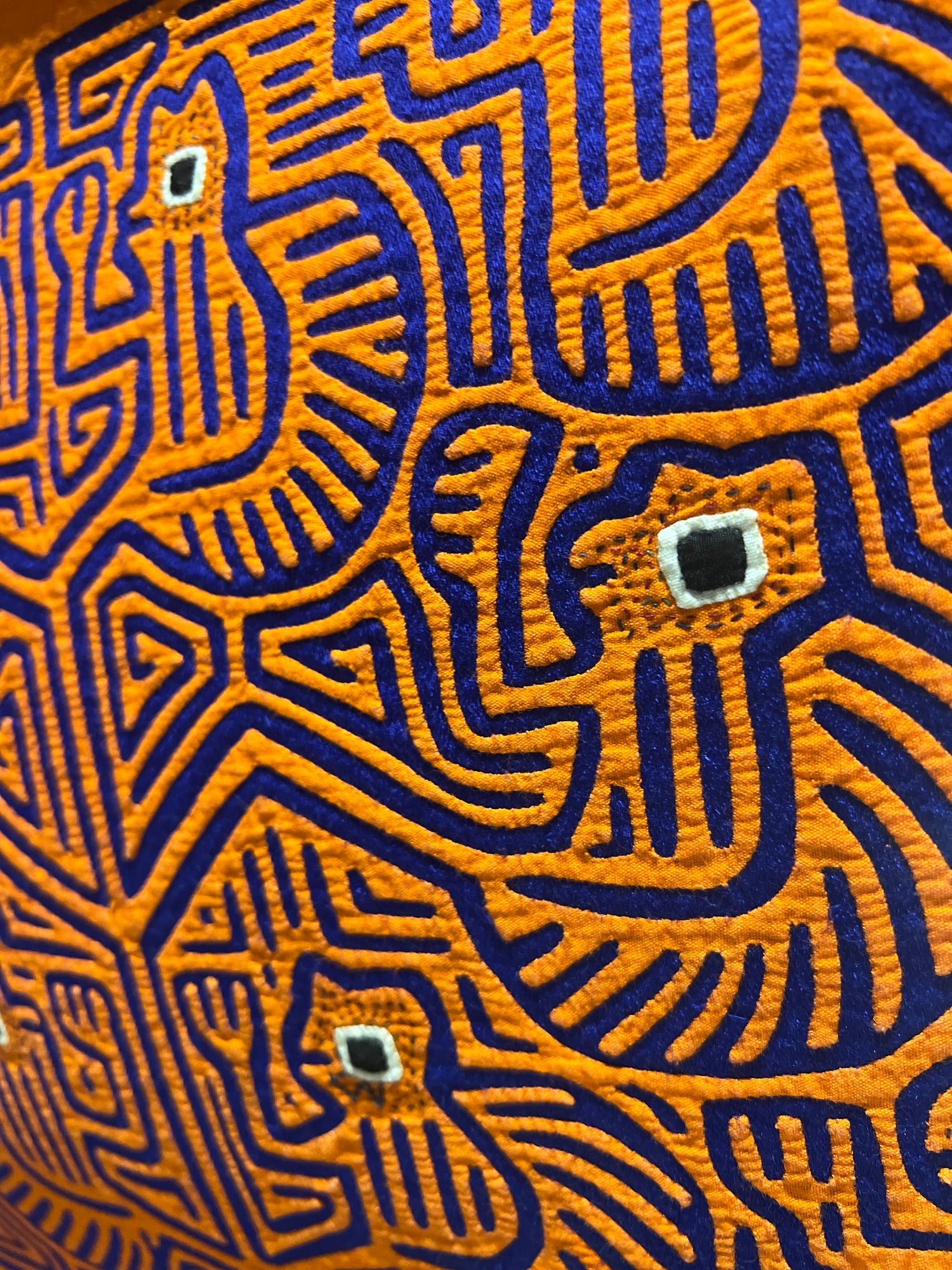
Molas are created by the Guna (also spelled Kuna or Cuna), an Indigenous group primarily living in the Guna Yala region along the Caribbean coast of Panama. Traditionally, Mola panels are hand-stitched using a reverse appliqué technique, where several layers of brightly colored cloth are sewn together and then carefully cut away to reveal the colors beneath. Each layer is meticulously outlined with tiny, precise stitches that form intricate geometric patterns, animals, plants or symbolic imagery. The process is labor-intensive and deeply meditative; each stitch a quiet assertion of identity, history and skill passed down through the generations of Guna women.
Molas seemed more than just textile art; they're a living form of storytelling. Historically, they began as body paintings, which were later adapted to fabric following Spanish colonization and increased access to cloth.
Over time, Molas became an integral part of traditional Guna dress, worn as front and back panels on blouses. The imagery found in Molas often draws from Guna cosmology, political resistance and personal memory. Some are abstract, while others narrate myths, environmental observations or responses to modernity.
In this way, the Mola becomes not just a decorative element but a vessel for cultural survival, a wearable archive of Indigenous knowledge and perspective.
MUMO - Museo de la Mola
-
For those interested in experiencing Molas firsthand, Panama City is home to Museo de la Mola (MUMO). A small but insightful museum dedicated to preserving the artistry of Guna women. Walking through the museum feels like reading a visual anthology, each fabric square is a page in a much larger cultural narrative.
-
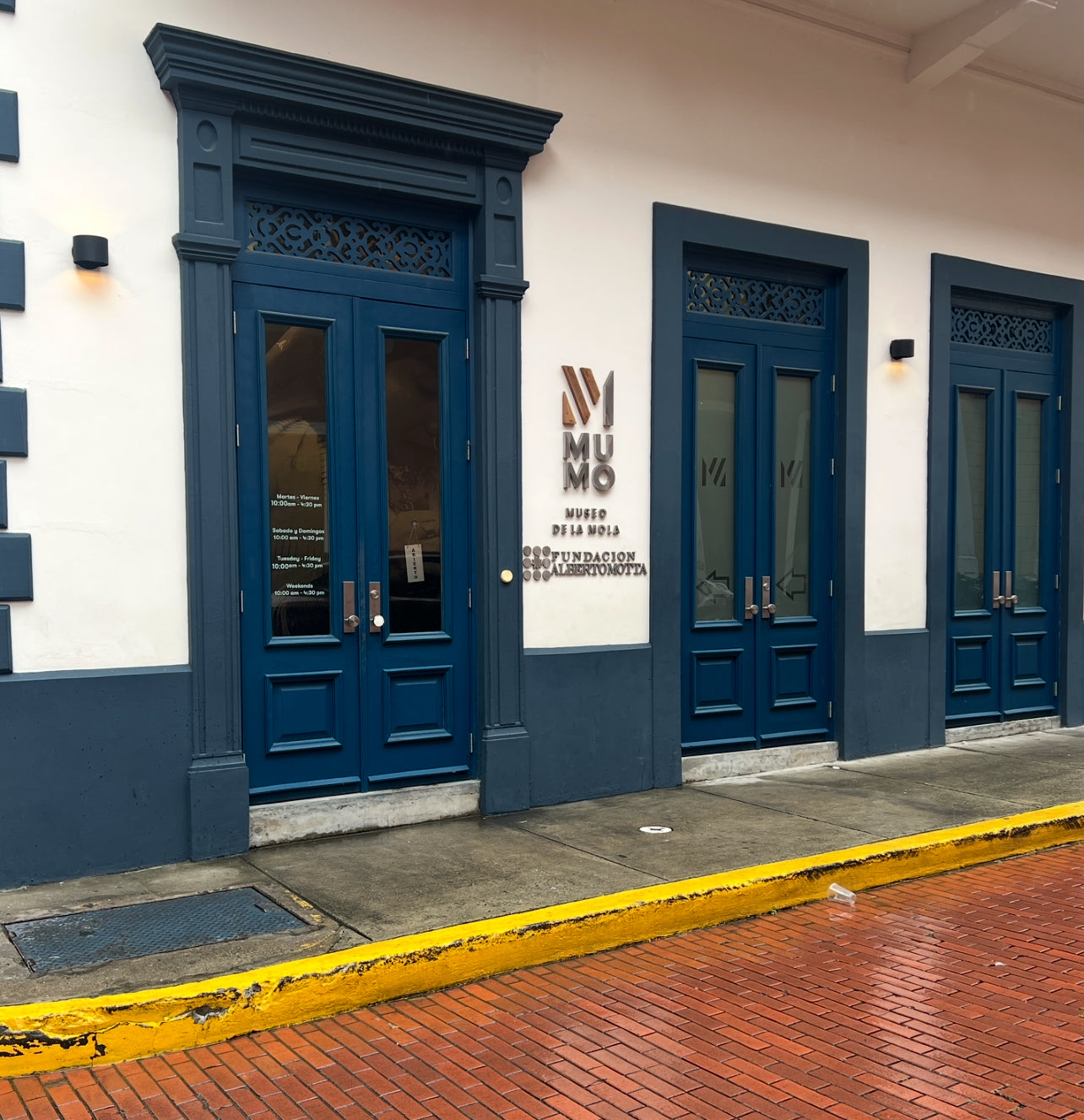
-
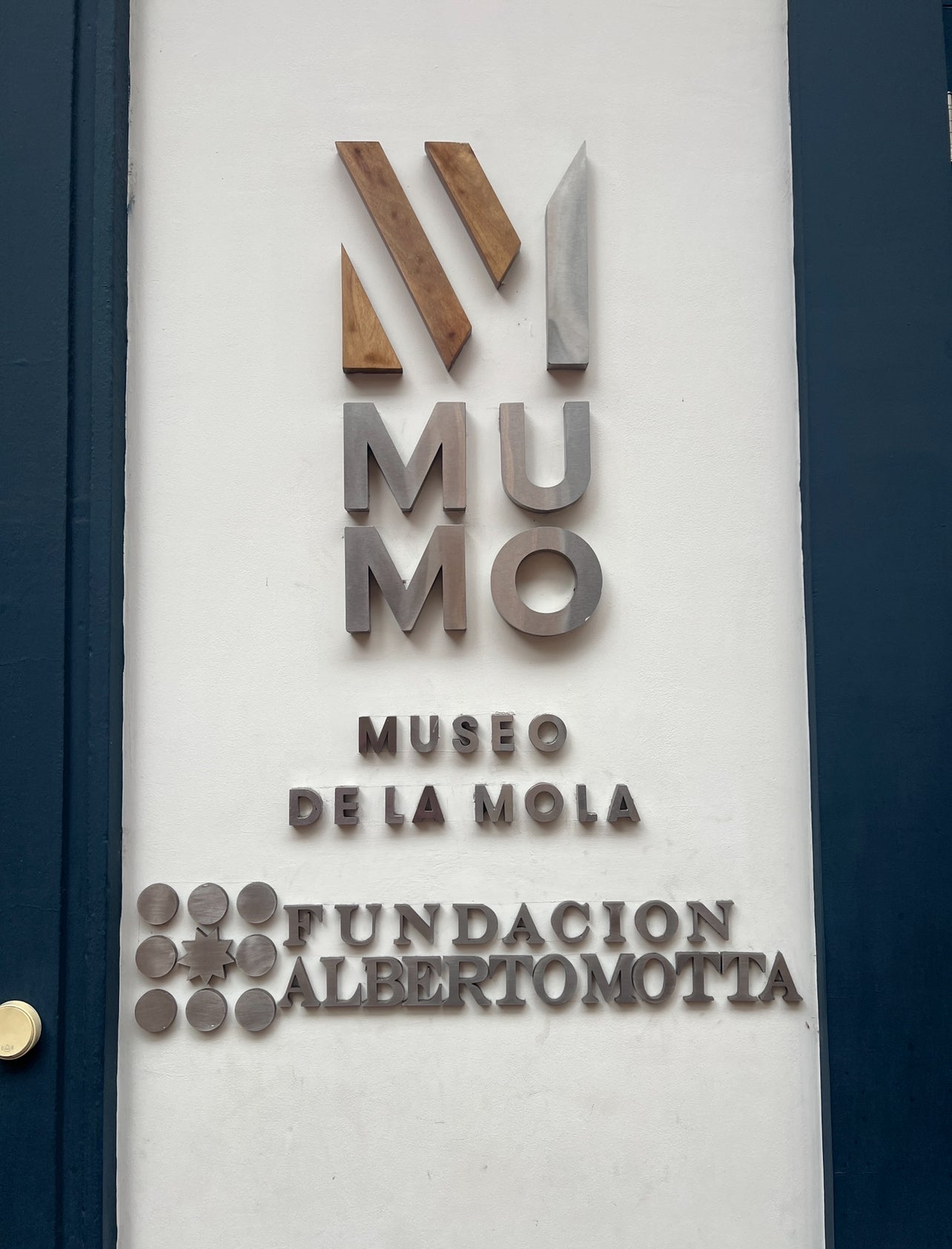
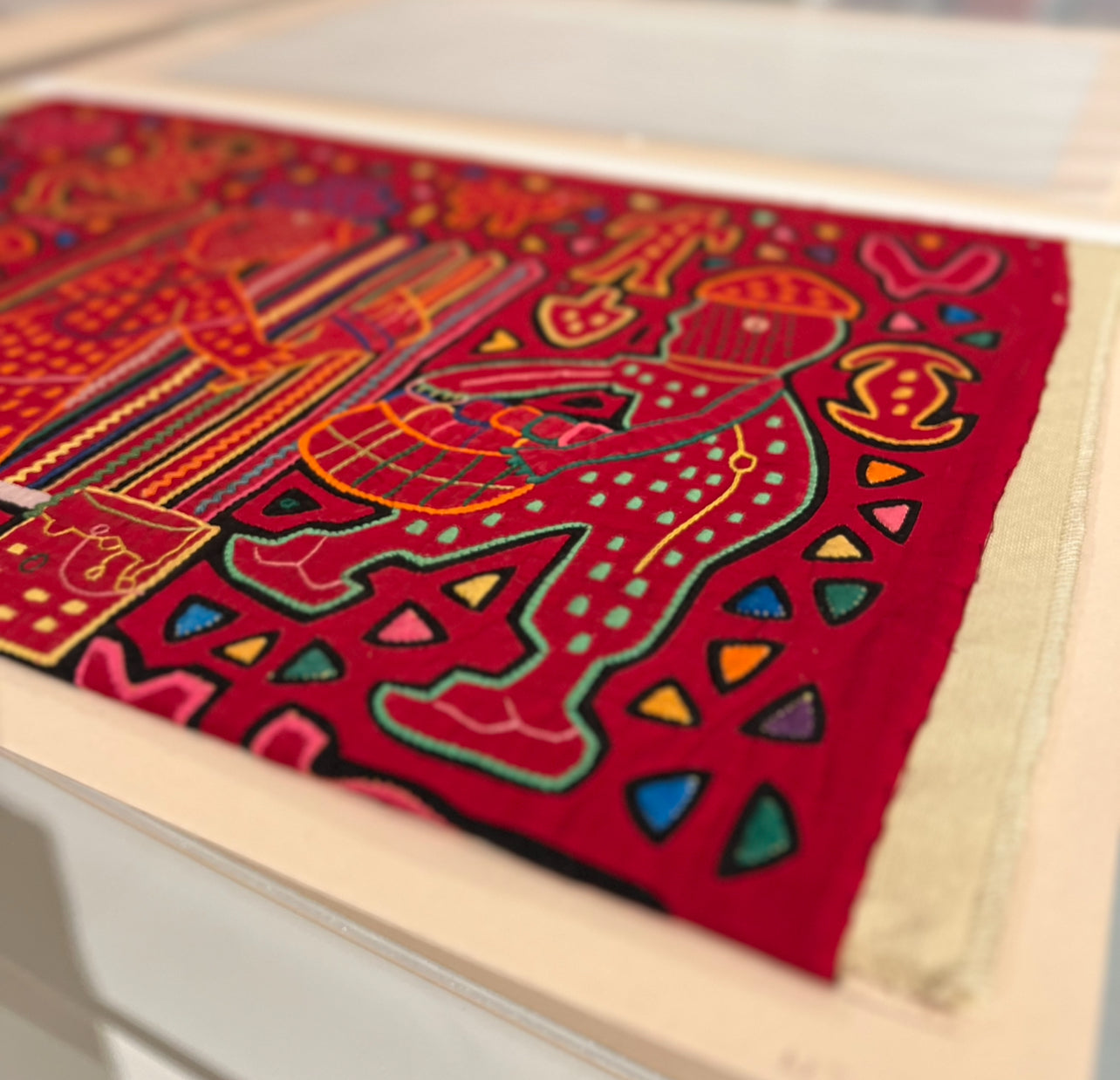
GW Museum DC
Back in Washington, DC, I was excited to discover that the George Washington University Museum and The Textile Museum also houses beautifully preserved Mola panels in its permanent collection.
The pieces are archived with care and respect, offering a rare opportunity to study the craftsmanship up close, especially for anyone unable to travel to Panama.
